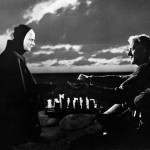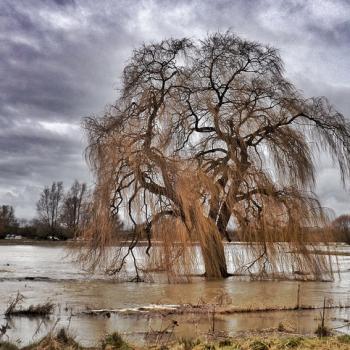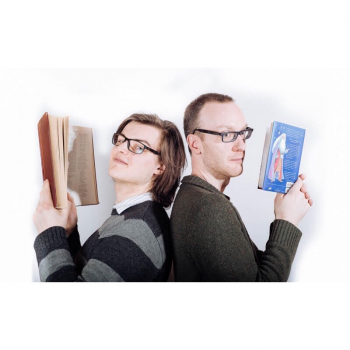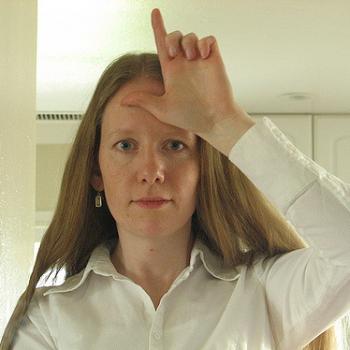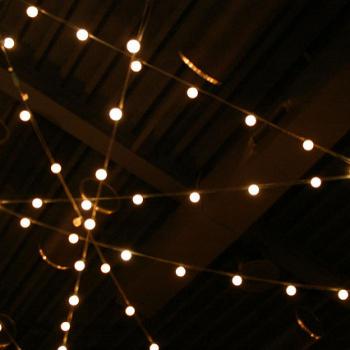 This post is part of a ten-part series drawing from the Arts and Faith Top 100 Films. You can read the introduction the series here, along with the schedule of films to be featured.
This post is part of a ten-part series drawing from the Arts and Faith Top 100 Films. You can read the introduction the series here, along with the schedule of films to be featured.
We are three films into our series, and for me, this one was the toughest film yet. While most or all of the films included in this series requires a certain slowing down from the frenetic pace of postmodern culture and a cultivating of contemplation, Philip Gröning’s documentary film, Into Great Silence, requires an extra order of inner stilling from the viewer.
In this film, Gröning takes us inside the Grande Chartreuse monastery in the French Alps to see the daily lives of the members of the reclusive Carthusian Order, which dates back to the 11th century. This is a film without plot, without development of characters (the individual isn’t that important in the monastery), and without verbal explanation of what we are seeing. We are left to deduce what we can from the almost unrelenting silence and the gorgeous imagery. And gorgeous it is. From the majesty of the French Alps which surround the monastery to the still life-like imagery of a sliced apple, a lit candle, or a chorus of falling snowflakes to the portraits of each monk in intimate close-up, this film is like one long, kinetic painting. Even the color tones of the monastery resemble a canvas. The visuals are broken up with chant and with bare quotations displayed on black screen. Chief among these quotations (because they are used multiple times throughout the film) are these: “O Lord, you have seduced me, and I was seduced” and “Anyone who does not give up all he has cannot be my disciple.” And bookending the entire film is 1 Kings 19:11-13 in which we find that God is not in the earthquake or the wind or the fire … but in the silence.
I watched this film, almost three hours long, in two segments. I struggled much more through the first segment than through the second. In between, I read up a bit on the Carthusian Order. Understanding more about this community and why they do what they do helped me appreciate the second half of the film more. The Carthusian Order’s website explained to me why they live in solitude and spend most of their day praying, studying, and worshiping:
The Carthusians consecrate their lives entirely to prayer and seeking God in the secret of their hearts. They intercede for the Church and for the salvation of the whole world.
As I read more about this religious order, I came to understand that they are truly cloistered away. Nobody gets into their monastery unless they have serious interest in pursuing their way of life. They have almost no visitors (except family members once or twice a year) and have virtually no contact with the media. They don’t take in curious pilgrims. And they try to dissuade those who attempt to join them. This is unlike, say, the Benedictines, who consider hospitality to the stranger to be a huge part of their call. When one understands that virtually no one has managed to see what life inside the order is like, it becomes easier to appreciate what this film accomplished. Gröning was allowed to live inside the Grande Chartreuse monastery for six months, gaining unprecedented access to this hidden way of life. His spare cinematography and immersive approach to filmmaking is about as close as any of us noncloistered folk will get to life in a set-apart monastery.
Now, I will admit that I struggle greatly with the idea of Christians shutting themselves away from the rest of the world. After all, Jesus prayed to God the Father,
My prayer is not that you take them out of the world but that you protect them from the evil one. … As you sent me into the world, I have sent them into the world.–John 17:15, 18 (NIV)
I maintain that the normal call of the Christian is into the world with the light of Christ, not out of the world in search of spiritual perfection. Such a perfection is, of course, unattainable; after all, wherever I go, there I am. I bring my sin, struggle, brokenness, and navel gazing wherever I go. I can work to overcome it, with the empowering of God, but it will be a battle within a cloister just as it is within the world.
But even more importantly, to cloister oneself away is to separate oneself from other human beings who need to know the love and beauty of Christ. It feels self-protective instead of self-giving.


